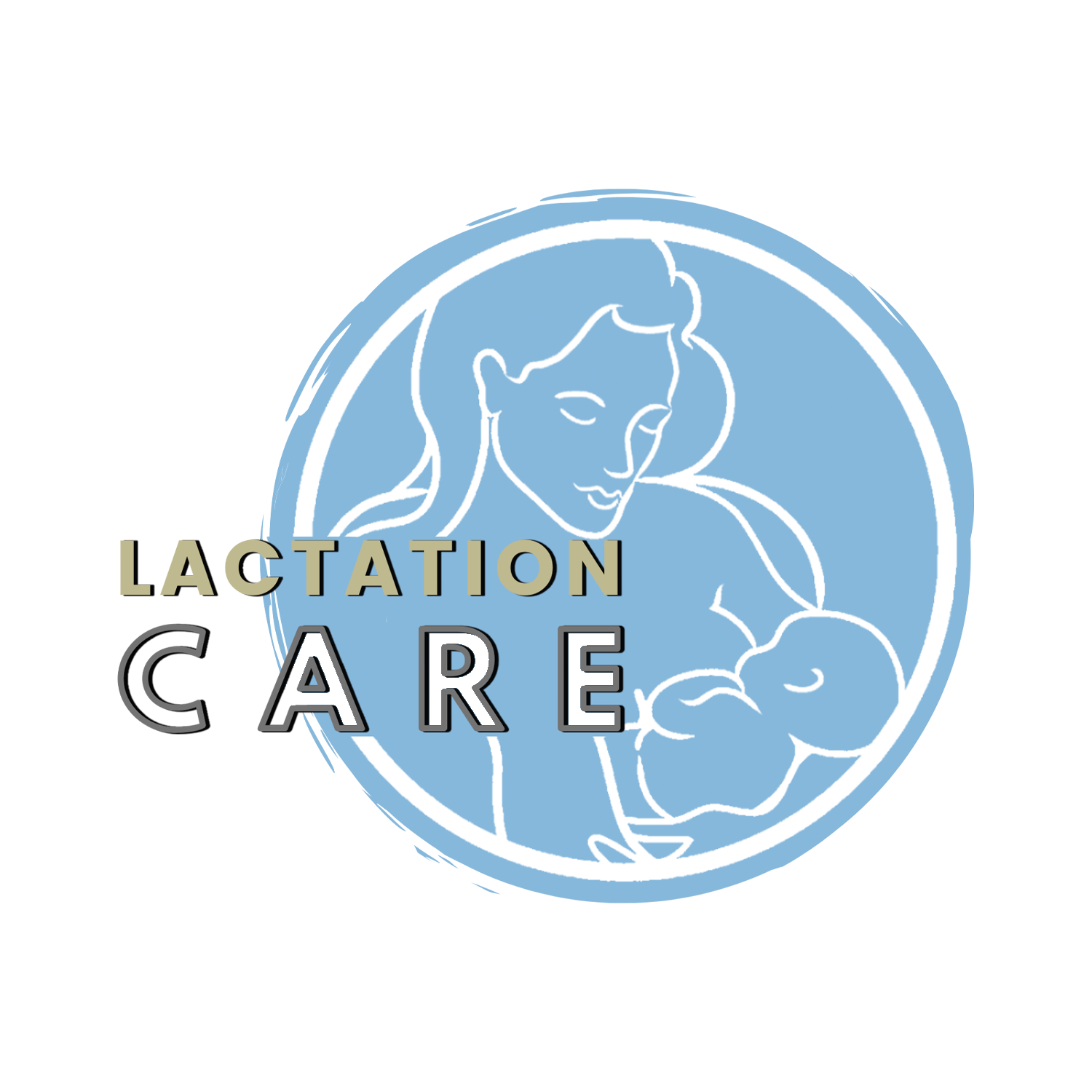Babies, Sleep, and Swaddling: Essentials For Busy Parents
Swaddling is an old practice and a longstanding tradition in some cultures. It involves tightly wrapping babies in a blanket or cloth to restrict arm and leg movements. Theoretically, this creates a cozy and secure feeling for babies, helping them sleep longer, but no research supports that. Recently, commercial swaddles have been marketed well as I see them in many homes. Unfortunately, research demonstrates this seemingly innocent practice can be problematic and even dangerous.
As a parent, your primary concern is for the safety and well-being of your little one. Please keep this page handy so you can make an informed decision about how to care for your baby.
Caveat: There is more that could be said about each of these. This is not meant as personal advice or medical advice. If you have questions, please feel free to connect.
Swaddling Safety Update: A Guide for Parents
Risks associated with Swaddling
Sleep-Related Death (SIDS):
Swaddling reduces night wakings, raising the risk of SIDS. It restricts access to arms and hands, increasing the risk of suffocation if a baby rolls onto their stomach.
Prevention: Keep your baby’s arms and hands, free and accessible.
Interference With Breastfeeding:
Swaddling interferes with the natural process of breastfeeding, and bonding.
Prevention: Prioritize skin-to-skin contact and do not restrict movement of arms and hands.
Less Skin-to-Skin Contact:
Swaddled newborns may have poorer circulation and miss out on skin-to-skin benefits.
Prevention: Have more skin-to-skin time to help regulate body temperature and form a closer bond with your baby.
Overheating:
Over-bundling can lead to overheating, increasing the risk of SIDS.
Prevention: Look for signs of overheating. Opt for a light blanket or sleep sack.
Slower Weight Gain:
Swaddled babies can delay feeding behaviors, leading to slower weight gain and potential reduction in milk supply.
Prevention: Allow your baby’s hands to move freely to support breastfeeding initiation and help babies signal hunger cues.
Hip Dysplasia:
Swaddling increases the risk of hip dysplasia.
Prevention: Ensure your baby has full movement of the hips.
Startle Reflex:
Also known as the Moro reflex, babies can startle and need to for this reflex to get integrated/go away.
Prevention: lay them down slowly and sideways, putting them on their back once down.
Babies Need Their Hands:
Swaddled babies, or babies with mittens, miss out on natural self-soothing like hand sucking, affecting their comfort and instincts.
Prevention: Allow your baby access to their hands for self-soothing. Trim nails as needed.
Safe Alternatives to Swaddling
Tips for taking care of your newborn:
Use a sleep sack or wearable blanket that allows hip movement and access to their arms and hands.
Practice skin-to-skin contact for bonding and regulating your baby’s temperature. For extra warmth when skin-to-skin, place a light blanket over your baby’s back. Skin-to-skin also builds your baby’s neurons and microbiome.
Instead of using mittens, trim or file your baby’s nails regularly. They may occasionally scratch themselves; then simply file or trim again.
If your baby does not calm without a swaddle, swaddle briefly while holding or watching the baby, then unswaddle. Also try other comforting techniques, such as back-patting, baby-wearing, or a warm bath.
Wean your baby from swaddling by starting with a swaddle during sleep and opening up the arms once they’re asleep.
Progress to putting your baby down to sleep with free arms and then free their legs. Finally, switch to a wearable blanket or sleep sack.
Lower your baby to the sleep surface on their side, then place on their back. Optionally, place gentle pressure on baby (their arms or trunk) with your hands, releasing after they relax.
Conclusion:
As parents the commitment to caring well for your babies is clear. It is good to understand the potential risks of swaddling for your baby’s well-being. Consider safe alternatives like skin-to-skin contact, a lightweight blanket, or perhaps a sleep sack to provide comfort without compromising safety.
Consult an IBCLC. Contact an International Board Certified Lactation Consultant (IBCLC) to get expert help and get back on track.
You may schedule an appointment online, or email hello@lactationcare.ca.
Sonya Boersma, BScN, MScN, RN, IBCLC & Jessica Maitland, IBCLC mentee © 2024, with Lactation Care
Thanks to the RN/IBCLCs who reviewed this. Special thanks to Dr Louise Dumas PhD for her review.
Permission granted to use this in its entirety with © Sonya Boersma, Lactation Care. For other use, contact sonya@lactationcare.ca

